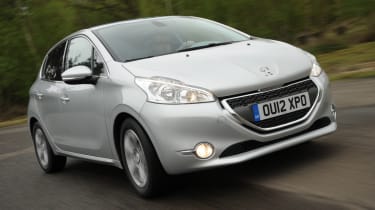
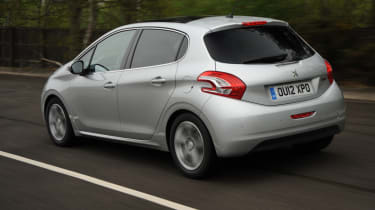
- Skip advertAdvertisement - Gallery continues below
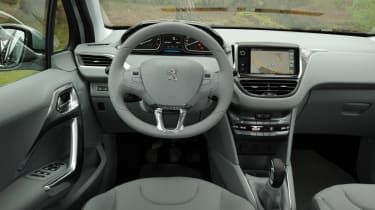
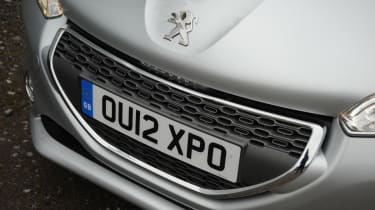
- Skip advertAdvertisement - Gallery continues below
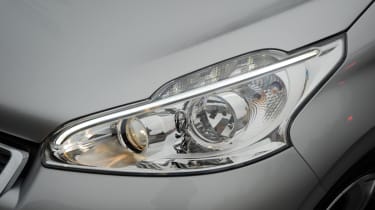
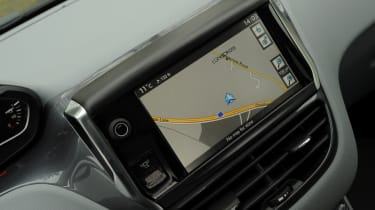
- Skip advertAdvertisement - Gallery continues below
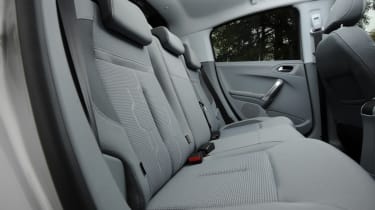
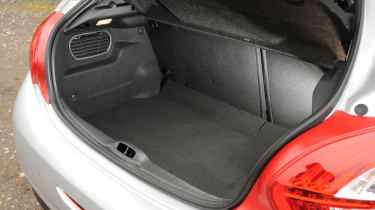
- Skip advertAdvertisement - Gallery continues below
Most Popular
Who needs hybrids? Diesel Skoda breaks world record with 1,759 miles on one tank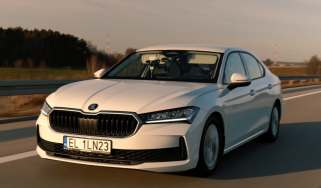

Who needs hybrids? Diesel Skoda breaks world record with 1,759 miles on one tank
Rally driver Miko Marczyk has driven from Poland to Paris (and back) in a diesel Skoda Superb
News
24 Oct 2025
Car Deal of the Day: Jaecoo E5 EV brings premium SUV attitude for a compact £243 a month

Car Deal of the Day: Jaecoo E5 EV brings premium SUV attitude for a compact £243 a month
It may be brand new, but the deals on the Jaecoo E5 are very tempting. It’s our Deal of the Day for October 24.
News
24 Oct 2025
New cars are so expensive that leasing looks more and more irresistible

New cars are so expensive that leasing looks more and more irresistible
Mike Rutherford thinks leasing is the answer for those looking for a new car on a budget
Opinion
26 Oct 2025